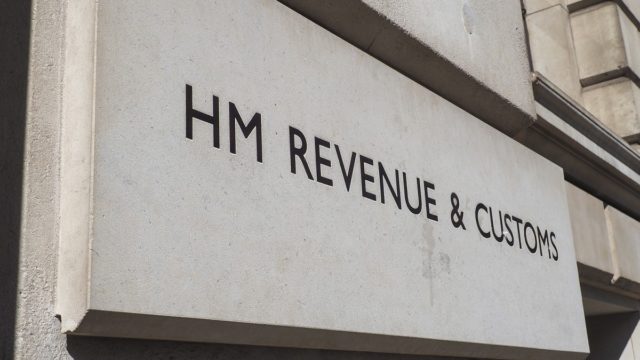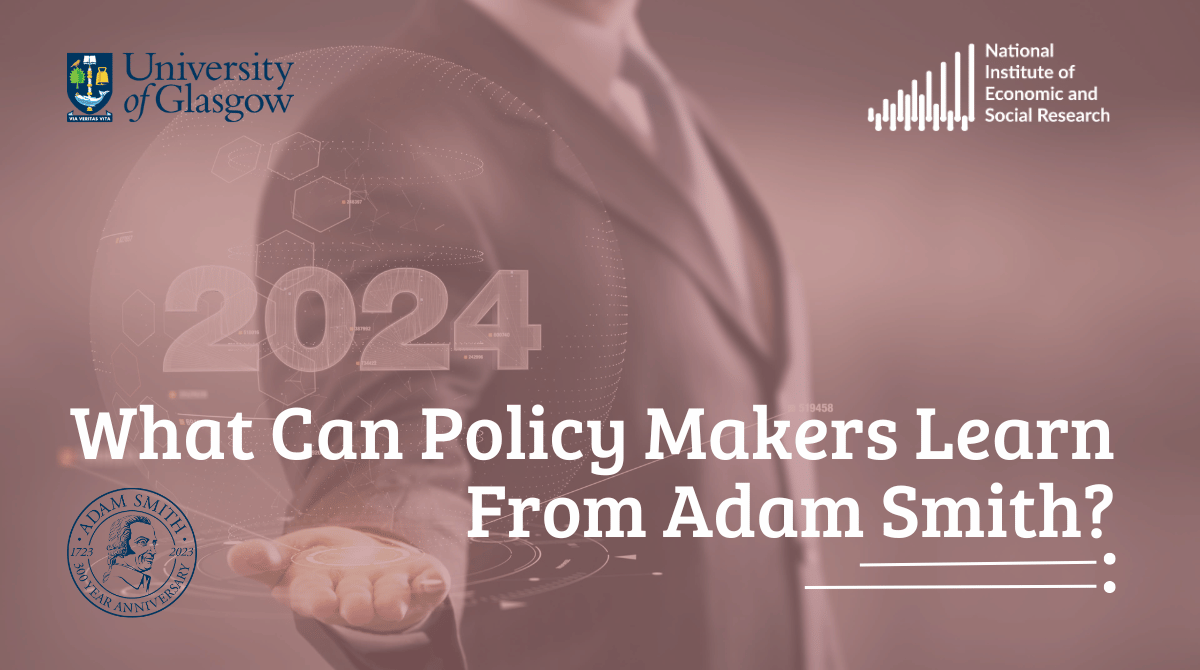Reflections on the 2024 Spring Budget: What Was and Wasn’t Addressed
On Wednesday of last week, Jeremy Hunt gave his Budget speech. In today’s Monday interview, our Deputy Director for Macroeconomic Modelling and Forecasting, Stephen Millard, asks our latest recruit, Associate Economist Monica George Michail, for her thoughts on what was, and wasn’t, in the speech.

This year’s budget was delivered in the context of the Chancellor having very little ‘fiscal space’ against his self-imposed fiscal rules. What are the current fiscal rules and what are their pros and cons?
The government’s primary fiscal rule states that debt should be decreasing as a proportion of national income by the end of a rolling five-year period. The fiscal rules also require that the budget deficit should not exceed three per cent of GDP in the final year of the five-year forecast period, in addition to imposing some constraints on welfare spending.
The main benefit of fiscal rules is that they help impose discipline on government finances, ensuring that the government debt remains sustainable. They also promote economic stability by ensuring a more predictable economic environment, enhancing the government’s credibility.
However, strict fiscal rules could pose challenges during economic downturns and global shocks, when some flexibility is needed to boost the economy. Fiscal rules also often incline the government to prioritise short-term fiscal targets instead of addressing long-term structural challenges. Top of Form NIESR has long argued that fiscal policy should prioritise enhancing the well-being of UK households, rather than just be tailored to meet fiscal rule targets.
This year’s budget was delivered in the context of the OBR’s economic forecasts having deteriorated in recent weeks. Nevertheless, the Chancellor decided to cut rates of National Insurance Contributions in this year’s budget, while countering this policy to some extent by imposing measures to increase tax revenues, such as the introduction of an excise duty on vaping products, and abolishing the “non-dom” status, which gave tax breaks to residents in Britain who are foreign domiciled for tax purposes. After these measures, the Chancellor was left achieving his self-imposed fiscal rule with only £8.9 billion of headroom and a 46 per cent chance of missing the target.
The Chancellor announced the provision of further “levelling up” funds. What are your thoughts on this?
The announcement of several further measures for “levelling up”, including an increase in funding and devolution deals, is a welcome move. However, the scale of these funds is not sufficient to bridge the gap between highest-performing and lowest-performing areas, as discussed in our recent Response to the Spring Budget .
For example, investments in infrastructure have been benefiting more well-off regions. More targeted investments in affordable transport and housing, especially for the least performing regions, are therefore sorely needed to boost welfare and economic growth in these areas. There also needs to be a clearer strategy for how the Chancellor allocates funds to levelling-up projects to ensure their optimal use.
The biggest announcement was the two-percentage point cut in the rate of National Insurance Contributions (NICs). What are the arguments for cutting National Insurance and what is the likely effect of this cut?
Tax revenues currently amount to 37 per cent of GDP, their highest level in around 70 years. This has led to arguments towards reducing the tax burden to boost economic growth.
In that context, the Chancellor announced a further two percentage point cut in NICs as a measure to reduce the tax burden, which he stated would benefit 27 million workers, saving the average worker around £450 a year. However, this cut is estimated to reduce tax revenues by £10.5 billion on a yearly basis, according to the OBR. In our recent Response to the Spring Budget, we note that this cut is regressive, with the highest earners benefiting more than the lowest earners. We also noted that this cut will not significantly boost welfare or standards of living, which remain lower than pre-pandemic levels for the poorest households.
Using our global econometric model, NiGEM, NIESR estimates the latest cut in NICs to increase GDP by just around 0.05 per cent in the next five years. At NIESR, we believe in the need to increase spending on public investment to boost productivity and long-term potential output. We estimate that if the reduction in tax revenues resulting from the NICs cut was instead spent on public investments, GDP would increase by a higher level of 0.17 per cent in the next five years. And the cut in NICs will also be more than offset by the increases in future tax, resulting from the freezing of the income tax thresholds, necessary to ensure the Chancellor adheres to the current fiscal rules.
What do you think might have been missing from the budget?
An important concern the Chancellor did not address is the falling share of public investment in GDP in the coming years. The expectation for long-term growth rates in the UK remains weak, which stresses the need for an increase in public investment to boost growth and enhance productivity. This is in addition to the deterioration of the quality of public services, which has been significant in many sectors, and most clearly felt through the treatment backlogs in the NHS. According to research, public investment is also more effective in increasing growth compared to tax cuts and short-term spending.
The Chancellor could have also raised income tax thresholds, which remain frozen and have resulted in many being dragged into higher tax brackets. Such a change would help poor households more than the National Insurance cut.



















